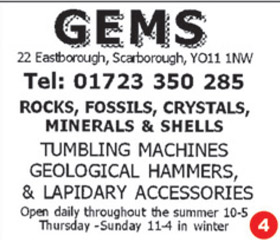Women’s Choice of Colour : the Blue Sapphire
The peacock blue colour of sapphire is widely used to describe the sought after Kashmir sapphire, however sapphires of this particular cornflower blue colour can also be found here in Sri Lanka, one area of note being the Ratnatpura district, so similar in colour that it can be mistaken for the Kasmir variety.

Look at a list of the largest sapphires(found) in the world and you’ll see that stones from Sri Lanka dominate the list reflecting what an important source Sri Lanka is for the beautiful sapphire.
Late in 2015 a 1404ct example was also found, allegedly worth $300 million.
The recent popularity of the blue sapphire can be attributed to the ‘Kate effect’, as many brides to be also want an engagement ring similar to Kate Middleton the now Duchess of Cambridge, her 12 carat Ceylon sapphire having been the originally given to the Duke of Cambridges’ mother Princess Diana. Jewellers are offering a range of different sized centre stone replicas.
The island of Sri Lanka (formerly Ceylon) has a specific geological history, being formed from a pre-cambrian landmass billions of years ago originally part of the ancient Gondwana mass prior to breaking off.
Its gems are usually found within a confined area in alluvial deposits perhaps originating from the highland areas. Several types of mining are in operation with gem pits being the most widely used and operated by mostly manual labour but it is dependent on the depth of the ‘pay dirt’.
Further exploration is on-going for gem sources across other areas of the pre-cambrian area which has great potential for further finds.
A distinguishing feature of the Sri Lankan sapphire is it low iron content, which relates to its ability to fluoresce under UV light and affects the colour tone, producing a brighter blue. The ability to fluoresce is an indicator when testing to confirm the origin of a sapphire. The current market for the Ceylon sapphire has increased as we see a shift in diamond jewelleries featuring more coloured stones(sapphires). This could also be as a result of the ‘Kate Effect’.
The current market for the Ceylon sapphire has increased as we see a shift in diamond jewelleries featuring more coloured stones(sapphires). This could also be as a result of the ‘Kate Effect’.
Its widely known that the majority of sapphires are temperature treated in an age old method developed in Sri Lanka thousands of years ago. The sapphires are heated to a high sustained temperature to improve their clarity and intensify their colour. If this practice didn’t occur sapphires would be less common and not readily available. Sapphires untreated in this way are few and far between, comprising of less than 1% of the available market supply, which does make them highly collectable. Purchasing unheated sapphires must be only considered via reputable suppliers who can guarantee the source as prices are up to 300% more than heat treated stones.
A leading Supplier of Precious and Semi precious gemstones from Sri Lanka Murshid Munzeer had this to say, ‘women are a main driving force in the industry of gemstones, and they often go for the favoured coloured stones such as ‘Ceylon’ sapphires and spinals. We have been supplying precious and Semi-precious sapphires to England for nearly 2 decades now, and we see an increasing demand every year. This in turn is a valuable investment to our customers as the value of sapphires keep increasing annually’.
Whist we’ve focused on sapphires, other high quality gemstones can also be found in Sri Lanka including rubies, chrysoberyl, topaz, tourmaline, garnet, spinel, zircon, apatite, kornerupine, scapolite, alexandrite, moonstone, adalusite & padparadscha.
From issue 70, purchase print copy below:










